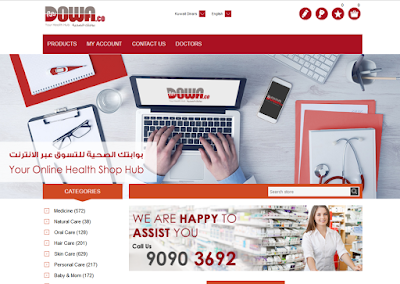How to Turn Your Worst Clients into the Best
The Case
requiring changes and upgrades to the existing code. It seemed that their developer had left the project in the middle. We accepted the project and gathered the work scope in a meeting with the client. But the more we worked on the project, we noticed holes, pitfalls and shortcomings in the existing code and site (I’m sure many developers have experienced this when taking over someone else’s code). The site lacked many admin functionalities, and several parts of the data was only dummy html, just to show something to the client.
We raised all these issues with the client, informing them of all room for improvement there is. The client was happy with the proposed changes - but then, everything got screwed. As soon as we raised the issue of additional funds requested to implement those changes, the client went mad, threatening to completely abandon the project and wanted a full refund for the work done as well! Naturally, many were upset about this behavior on our side, insisting that the client should not only get a refund, but should pay the remaining amounts as well. Things were heating up.
How We Solved This
The most primary issue is not to panic or react negatively to such pressures. So, while our marketing guy was our primary link with the client, I stepped in and issued a very friendly letter to the client. I told him that we could not give him any quote before the scope of work had been determined, and that he may gladly take the job to any other developer but the same problems would exist. And finally, since we were at the beginning of the project applying these changes would be most favorable to the client as applying the same changes on a live system requires a lot more care and precaution, and might even affect the live data and require migration.
The result? We got the job, at the same budget we proposed. And the client was super-pleased, telling our management that he looks forward to work with me again (and no, I had not asked him to do that!). And he came back to us with other jobs.
Lessons Learned
- We should have told the client about the possibility of increased costs right at the beginning. Most probably we could avoid the whole hassle that way.
- It’s very important to be calm, and honest. Honesty prevails.
- We won because our set-off point was really the benefits of our client. Our intention to go the extra mile was primarily to the benefits of our client, more than our company’s benefits. People are fair and do notice these things
Stay with me as we come up with more examples.
David Niki is the Operations Manager of Comelite ITSolutions. He has been in the software development industry since 1995, working on games, sites, desktop applications and mobile apps.





No comments:
Post a Comment